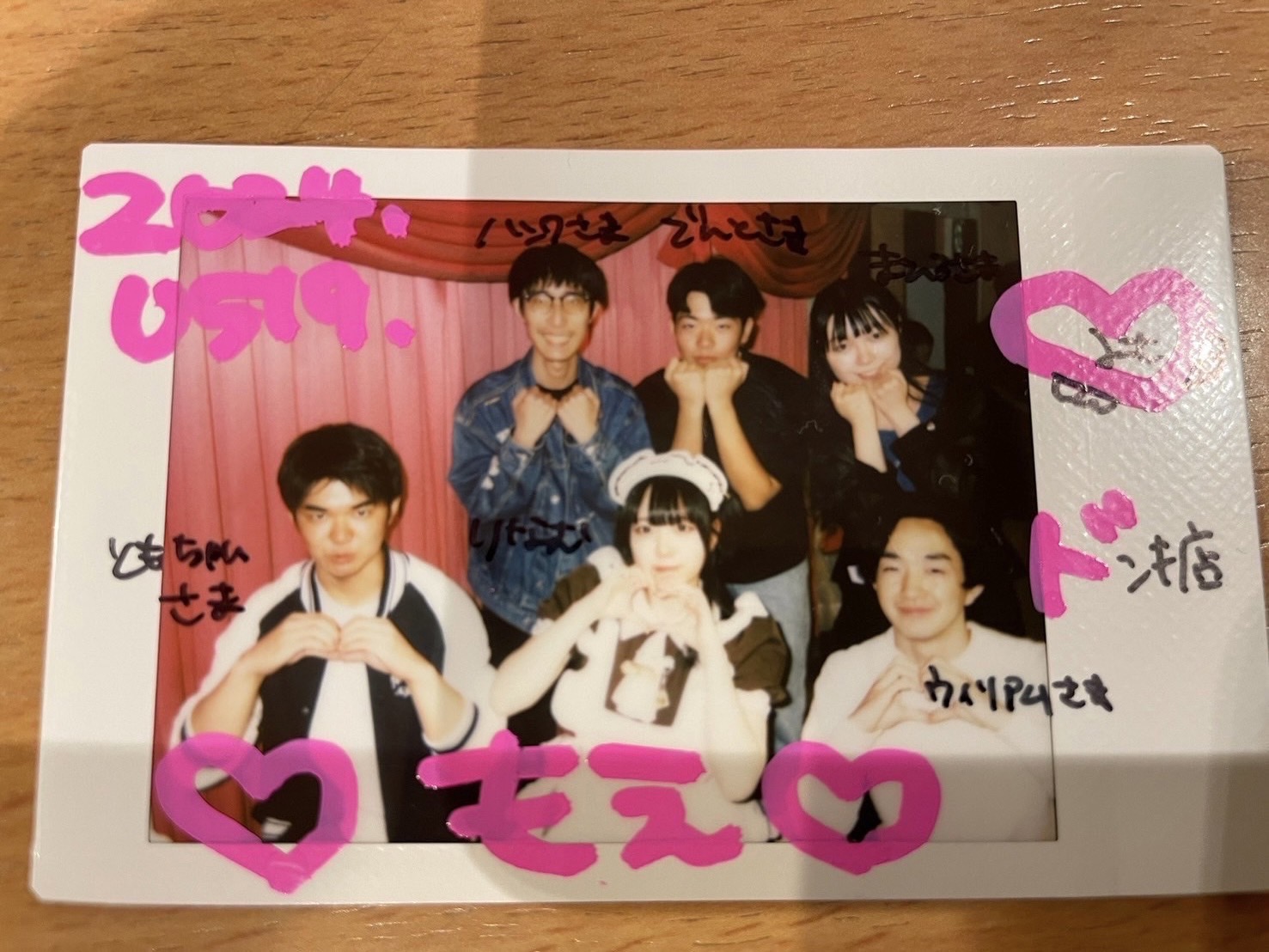The Urban Ninjas
The year is 1,100. A black shadow looms in the corner, stooping low before the shoji(translucent paper window) and it peeks inside a room. His mission is a matter of life and death– whether he can successfully assassinate the daimyo or not could completely alter the landscape of the war, which has been dividing the country for decades. He scrutinizes all his equipment one last time, and deftly leaps into the fray.
About 900 years later in Modern Japan, Ninjas, who used to play a significant role in wartime intelligence work, still have their enigmatic craft being passed on by committed followers. Keiji Nadadai, 51, head of the Aoyama Branch of Bujinkandojo, is instructing a small class with varying experiences, conveying to them the very essence of “Ninjutsu”. While ninjas in medieval times were said to be trained to survive even the most unforgiving conditions, even required to sneak through a castle undetected and perform almost superhuman maneuvers, Ninjutsu is regarded more of a form of martial arts now for the purposes of self-defense.
Bujinkandojo is an example of where aspiring ninjas undergo vigorous training and satisfy their aspiration to become a “urban ninja”. The dojo, now furnished with modern facilities and training equipment, is world-renowned for its extensive branches, scattered all over the world. Its reach spans not only across Japan, but also in the U.S., France and many more European countries, where fanatics head in droves in hopes of learning about the venerable craft. The reason the dojo has garnered attention, according to Mr. Nadadai, is due to publicity first received when being featured on “Black Belt Magazine”. In Bujinkandojo, students learn how to use the same weapons the ninjas had utilized in the past, and among the gamut of choices with the uncanny “shuriken” and prominent “katana” included.
“An important part of the ninja’s way of thinking is the necessity of continuous improvement and fine-tuning techniques in response to the change of time. That also includes changes in how your enemies attack,” said Mr. Nakadai. “So as your foe perfect their own craft, Ninjutsu will continue making progress simultaneously.”
He has attained the highest grade in Ninjutsu, ever since he has begun training at the age of 19. He now boasts a wealth of effective and precise moves that would allow him to cope with various forms of attacks.
Another remarkable advantage of Ninjutsu is that it toughen up one’s mental strength, as well as aiding one in pursuit of fortitude and greater willpower. In Bujinkandojo, students will have to practice the techniques face to face, which implies that they have to attempt to anticipate each other’s movement, while at the same time avoiding to impose too much force and harming others. Translating back to daily life, Mr. Nakadai believes that if one could predict the intentions of others and their possible actions, then you will be able to truly achieve more effective communication, and even mutual understanding. The goal is for one to become mindful and caring towards others. This has been attested many students, who said that they have learnt to control their tempers, and remain calmer than before even in face of conflicts and hardship. Harmony of both mind and body is indeed one of the most important aspects in practicing Ninjitsu.
People from all walks of life gather to take lessons in Bujinkandojo. Some foreign students come to Japan merely in an attempt to master the art, while some even seek further advancement in hopes of bringing what they have learnt in Japan back to their own country, with the ultimate goal of opening a branch back home. However, in spite of the fact that Bujinkandojo’s illustiousness in the world of martial arts, its halo is apparently less prominent in domestic Japan. Mr. Nakadai, especially desires to convey a message to fellow Japanese, especially the young people, urging them to learn to appreciate the artistic allure of ancient-time Japan.
Often being associated with the protagonists from comics and animation series, where the ability to soar through the sky and battle evildoers are so vividly depicted, the term “Ninja” has continued to intrigue thousands, leading them onto a path of constant strife, self-improvement, and rigorous discipline, a unique philosophy that has been preserved through time.


